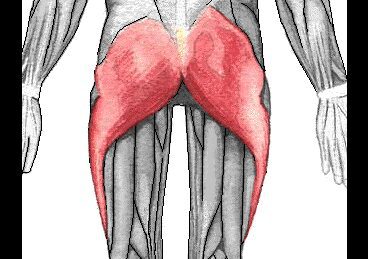I’ve just taught a one-day class on the iliopsoas. It was wonderful and we explored not only the anatomy and techniques for that fascinating muscle, but equally its important neighbors.
The “psoas,” because hidden and elevated to pedestal status by Rolfers and others, has enjoyed a somewhat inflated reputation.
On the other hand, gluteus maximus and rectus abdominis, arguably together as or more important that the psoas, continue to be relatively ignored. Even, in some massage establishments, they forbid or discourage the therapists from working in those areas.
This is a sad situation. The gluteus maximus is fully part of the gluteal/iliacus complex. These muscles, so-called agonists and antagonists, are not in opposition. They are what I’ve called “circuit partners”. The terms “agonists” and “antagonists” is another unfortunate vestige in anatomy teaching. The fundamental unit of movement is not a single muscle. It is minimally two muscles one of which lengthens as the other shortens. They are in cooperation, not antagonism.
Try this experiment. Slowly flex your elbow thinking, visualizing and feeling you are shortening your biceps. Do that three times. Then shake your arm out. Now flex your elbow thinking, visualizing and feeling you are lengthening your triceps. Do that slowly three times. Notice the dramatic difference. Ordinarily we think we are moving by contracting certain muscles – we feel that way, and we move that way! When we realize we are equally moving by lengthening certain muscles, we find a new lightness, ease, and an incredible lack of effort.
So when you take a step forward imagine you are just lengthening gluteus maximus (not contracting your psoas and the other hip flexors). It will add grace to your every step.
So let’s give gluteus maximus and rectus abdominis, and other muscles that are often neglected, their due. It is high time to realize that what relaxes us moves us, and with greater grace, than trying to move by contracting. Maybe that’s even a life lesson.

